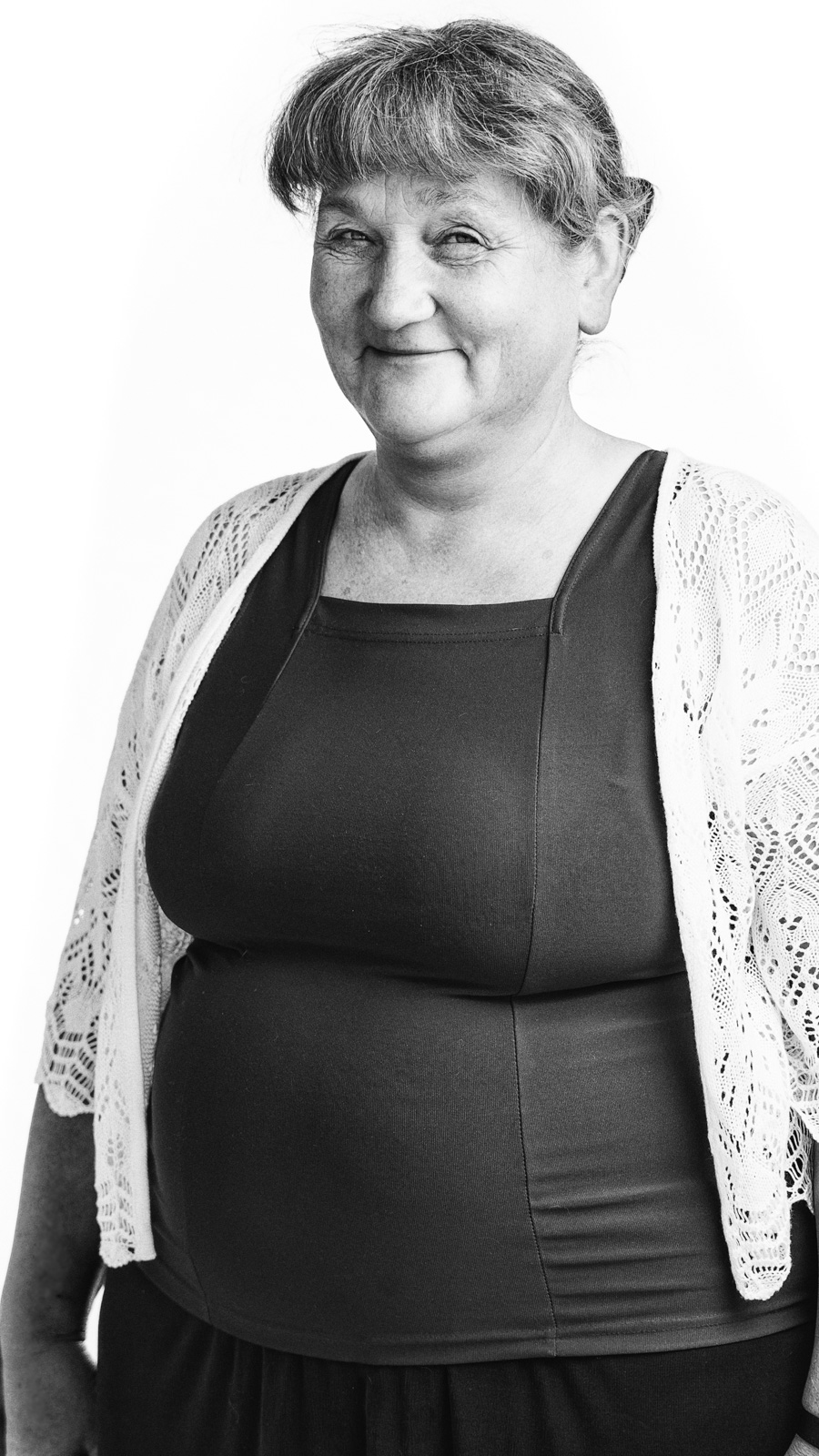Master's story

Reet Pettai
weaver
I have been involved in handicrafts since I was a child. I liked to knit one-colored gloves and decorate them with a flower embroidery. I sewed simpler clothes for myself. At Põlva Secondary School, I took vocational training as a light clothing seamstress. Our teacher was Ms. Heli Raidla, who also taught knitting besides sewing, crocheting, flower embroidery, magrame, tapestry, etc. From then on, there was an interest in learning the types of handicrafts and using them.
I am a contract hostess in the Süvahavva Wool Factory Museum. There I fell in love with wool. There is a huge difference between types of wool. There is coarse wool, which cannot be used in some instances and there is very soft. In sheep breeds, there is also the difference between the young and the old sheep. I can guess the breed from wool – sometimes I even understand which one is from an old sheep or a young one. I also try to share this knowledge with others and promote Estonia’s main textile raw material.
My main job is to grow tea and herbs. I use the plant residues left over during dyeing to color yarns, and for the same purpose i also use old wormy mushrooms.
Since 2005, we have organized craft days on our farm 11 times. I have organized handicraft workshops for those who are interested. At the same time, I am also a self-employed craft entrepreneur. In 2015, I graduated from Räpina AK with a degree in textile work. I participate in the activities of Vana-Võrumaa.
I pass on my knowledge to children and grandchildren who like to knit, crochet, braid ribbons and felt.
I have learned knitting from my mother – in those times all family socks and gloves were knitted by herself. After that, the technique has been improved both at school and as a textile department at Räpina School of Hordiculture.

How do I do that?
If you want to get warm, dog wool items are a great help. Dog wool is also helpful in warming aching body parts. All products contain 30% dog wool and 70% sheep wool. This kind of woven fabric is softer and lasts longer. Dog wool gives both socks and gloves better warmth and pleasant softness than usual, sheep wool gives elasticity and durability.
In addition to natural materials, the special heat resistance is ensured by a genuine weaving technique that leaves more air between the yarns. All products are woven by hand, not by machine. For me, it happens naturally and the knitting technique itself is unique. Each yarn has its own thickness and the sock knitting starts at the edge to stretch better. As it is a long-lasting handicraft, it ensures the necessary softness and stretch.
Woolen yarn is of controlled local origin from South Estonian sheep, and dog wool has been collected from dog owners in neighboring villages. In general, I can tell from the sheep’s wool whose sheep it came from. The use of dog wool is based on the principle of sustainable management. Animal owners do not throw away their favorite pet’s wool, but make sure that it is used and continues to serve people.
The quality and durability of knitwear starts with the first processing of wool. To make the yarn, wool has been sorted, washed and processed in the Süvahavva wool factory with 130-year-old machines.
I started knitting with dog wool when I started working in a wool factory, where the yarn was well available. The machines have technological peculiarity. They work slowly, do not break the wool and then it does not start to prick in the yarn. The deep-wool machine leaves the wool fiber more healthy and the wool fluffier. Due to the slow machines, the Süvahavva’s factory yarn is always softer. After years of work, we came to the conclusion that a slower machine enables technology that leaves wool fibers softer. These machines are from 1925. They has served the region since, although they has been used elsewhere even earlier.
Eco-friendly wool or hair shampoo has been used to wash wool, yarn and knitwear.
